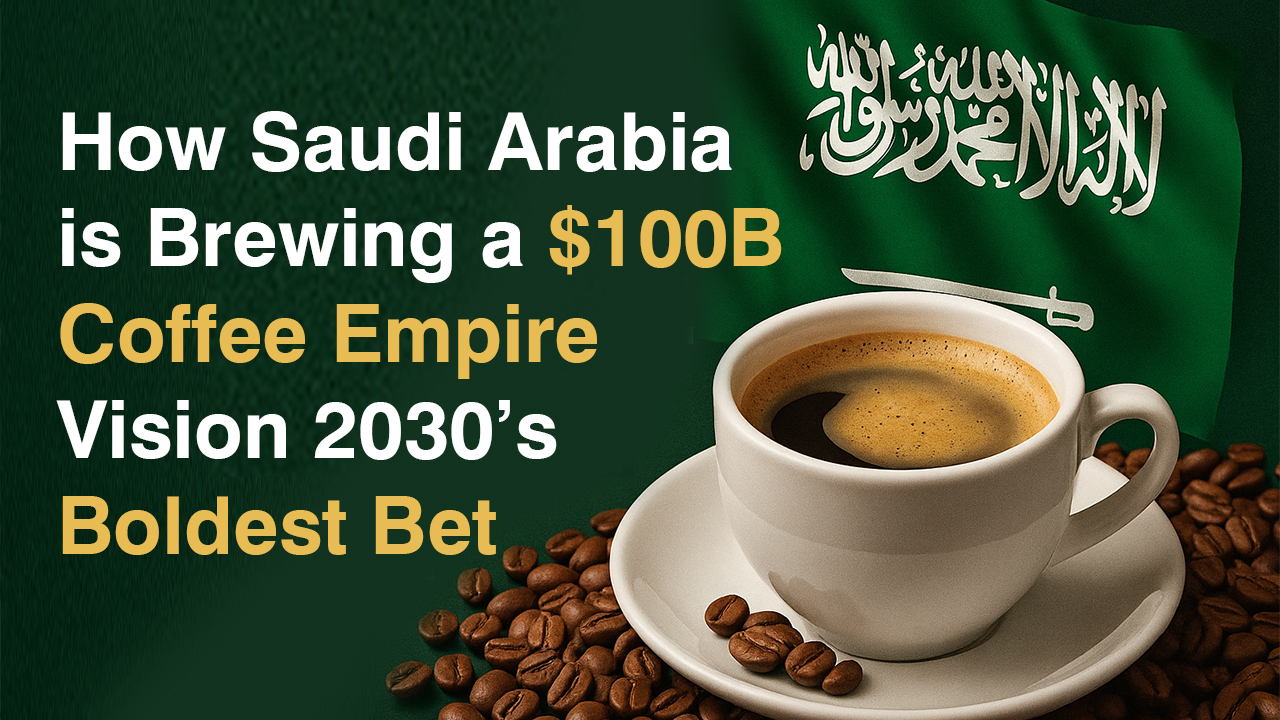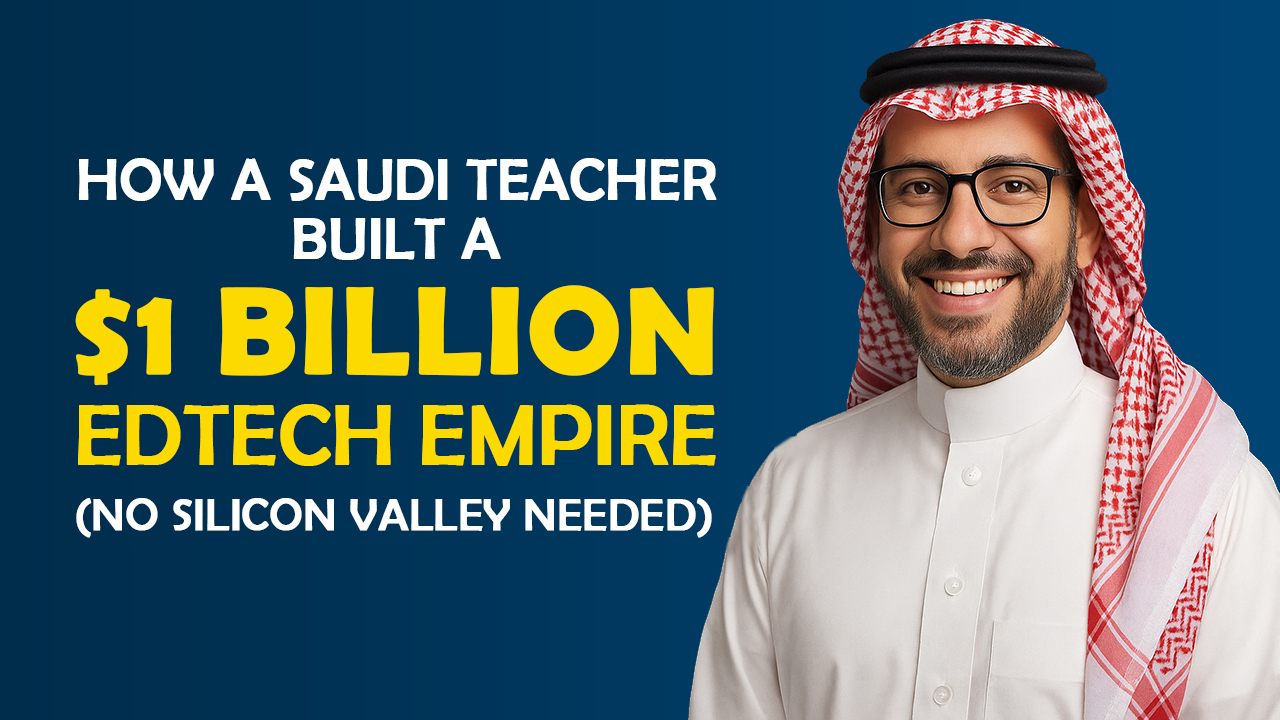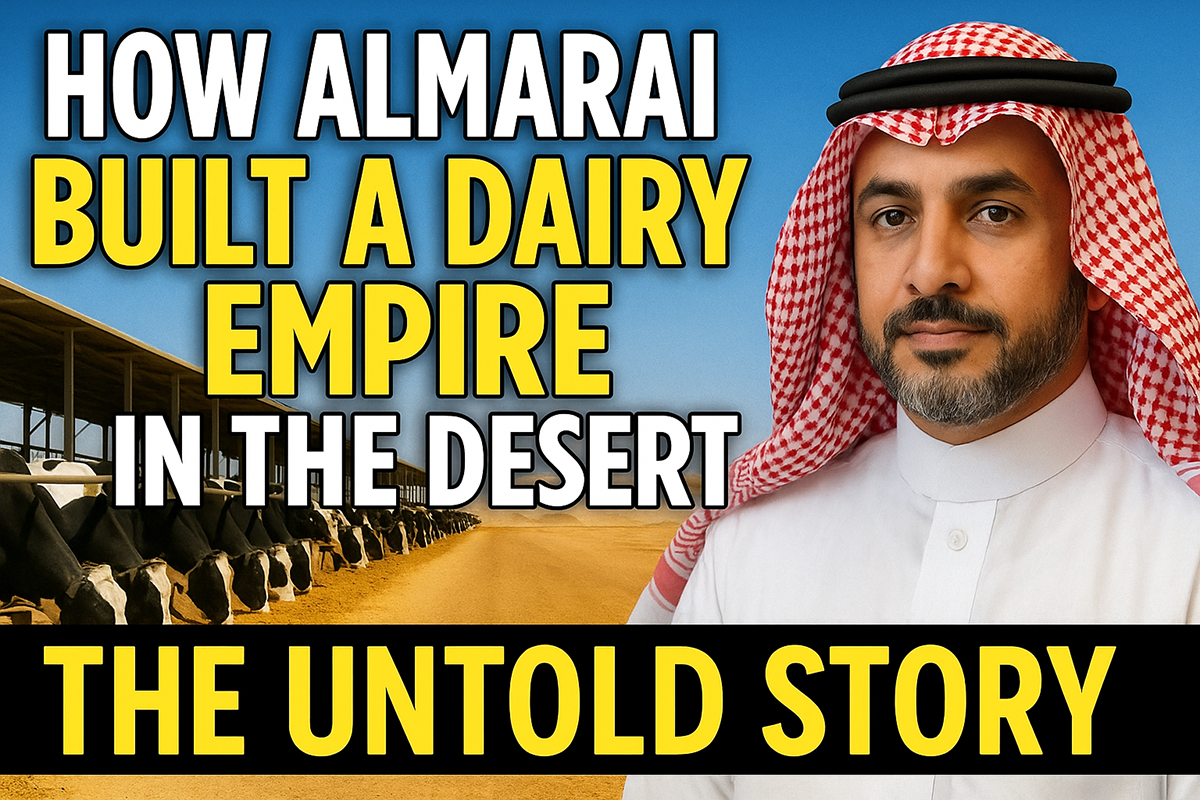The Forgotten Legacy of Saudi Coffee
In the misty mountains of Jazan, Saudi Arabia, farmers have cultivated coffee for over 500 years. These beans once fueled the Ottoman Empire’s elite – until the world forgot their origins.
By 2020, Saudi Arabia was importing 90% of its coffee – despite being the birthplace of Al-Qahwa, the aromatic, cardamom-infused drink central to Arab hospitality.
Then came Vision 2030 – and a bold plan to reclaim Saudi Arabia’s place in coffee history.
The Birth of Saudi Coffee Company
In 2022, the Saudi government launched the Saudi Coffee Company with one mission:
“Transform local farms into a global luxury brand—and brew a $100 billion industry.”
The Three-Part Strategy
1. Resurrecting Heirloom Beans
- 300-year-old coffee varieties were rediscovered in Jazan’s terraced farms.
- Genetic mapping ensured purity, while AI-driven soil analysis boosted yields.
2. Desert Farming 2.0
How do you grow coffee in 50°C heat?
- Solar-powered drip irrigation (cuts water use by 70%).
- Shade-grown techniques mimicking mountain microclimates.
- Blockchain tracking from seed to cup (transparency = premium pricing).
3. The Luxury Pivot
Saudi Coffee Company didn’t compete with Starbucks—it created a new category:
- $50 bags in Harrods and Dean & DeLuca, marketed as “The Champagne of Coffee.”
- Collaborations with Illy and Lavazza for limited editions.
- “Coffee Tourism” in Jazan (think Napa Valley, but for coffee).
(Infographic: Saudi coffee production surged 250% in 2 years.)
Why the World is Paying Attention
1. The “Single-Origin” Boom
Global consumers now pay premiums for traceable, story-driven coffee. Saudi’s narrative – “Reviving the Original Arabic Coffee”—is catnip for luxury buyers.
2. Vision 2030’s Agritech Push
This isn’t just about coffee. It’s a test case for Saudi Arabia’s broader goals:
- Reduce food imports (from 90% to 50% by 2030).
- Tech-driven farming to employ youth.
3. The $100B Endgame
With the global coffee market worth $460 billion, Saudi aims to capture 20% of the premium segment – matching Ethiopia’s specialty dominance.
3 Lessons for Entrepreneurs
- Heritage is a Competitive Advantage
- Saudi didn’t invent something new – it reclaimed and upgraded an ancient product.
- Luxury is About Storytelling
- A $50 price tag works when you sell “500 Years of Tradition + Blockchain Tech.”
- Government Partnerships Scale Faster
- Subsidies for farmers + NEOM’s agritech labs = rapid innovation.
What’s Next?
- 2025 Goal: 40% of GCC’s coffee sourced locally.
- Rumors: A Saudi Coffee IPO could be the first agritech listing on Tadawul.
“We’re not just growing coffee,” says a company exec. “We’re growing a post-oil economy.”


